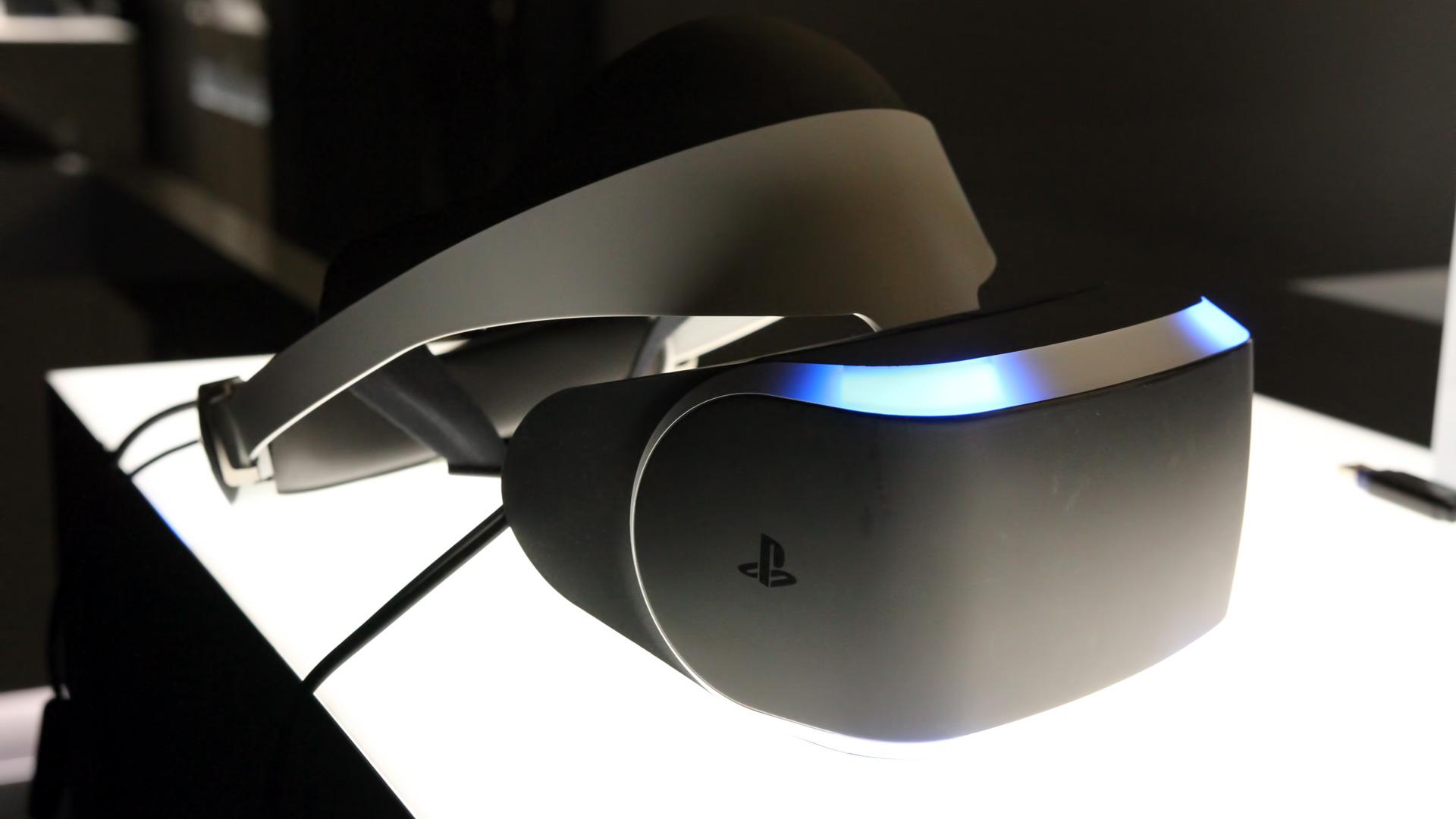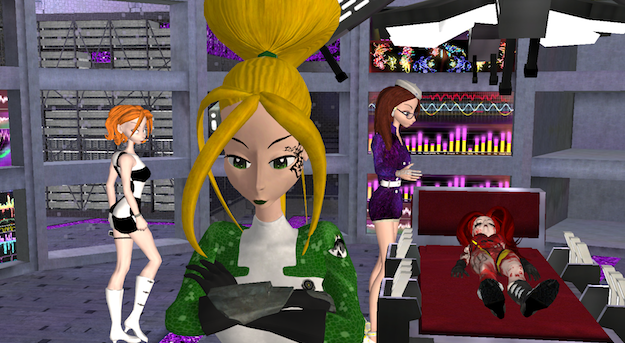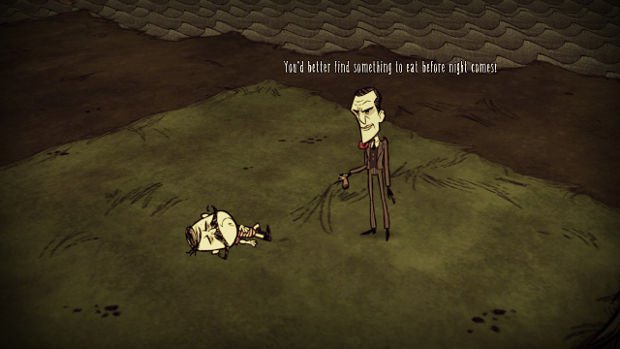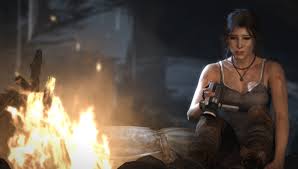To what degree is idealization removed from the definition of objectification? Where should the line be drawn when it comes to acknowledging unrealistic character designs of both genders as the norm and exposing harmful depictions of women? In my growing experience of researching and analyzing female representation in video games, I’ve often encountered a rebuttal to the discussion that female characters are objectified in the form of an insistence of the presence of the equally degrading objectification of the male characters. This argument insists that these male characters with the grizzled but attractive features, heavily muscular figures, and exceptional strength are just as immeasurable, unobtainable, and centered around physical power as female characters are designed around their sexuality. It sometimes acknowledges the harmful effects both characterizations have, but is often used to dismiss any claims that female gamers might have regarding how offensive the portrayal is as exaggeration or irrelevant complaint. Perhaps more troublingly, however, the argument itself revolves around a fallacious definition that equalizes idealization and objectification and denies any gender-specific consequences. Thus, while I agree that there is a larger point to be made regarding the often exaggerated physical and experiential characteristics that many video game characters of both sexes are designed with and the potentially harmful implications both have, there is a stark difference between the idealization and “heroization” common of male characters and the objectification and sexualization of female characters.
One only needs to look at a majority of the blockbuster games on the market today to see that it’s definitely true that an unfortunate number of male characters are designed around the same model of excessive masculinity and are often inflicted by the generic white male hero syndrome. This design is an unattainable ideal for most of the population, but such a traditionally masculine character, be it conscious on unconsciously, perpetuates an agenda of idealism, in which the character serves the purpose of providing the male player with a fantastical figure to cast themselves onto. As discussed in cinema theory and created from the Freudian theories of the ideal ego, the central protagonist figure becomes a representation of the ideal self the viewer, or in this case, the player, wants to be. As such, the character acts as a figure to be projected on to, full of his own agency, power, and bravery. Although this ideal is often culturally and racially specific, problematic in its own right, and definitely based on a harmful depiction of gender norms, it nevertheless serves its purpose to perpetuate a male fantasy in which these traits are glorified and associated with a role of heroism. Even so, despite however wrong it might be that this image of an “ideal man” is the one present in mainstream culture, these male characters have a great deal of influence and agency in the game, and, while more than likely unrealistically strong or “movie star-esque” than not, entrusts the player with a certain level of superiority or privilege.
Female characters, on the other hand, are usually presented as having their sexuality or attractiveness be the characteristics that make them an ideal target, an affliction in game design that distinctively points out the fact that female characters are not designed for female players, but rather as an extension of the heterosexual male fantasy. Rather than even allowing the female character to have their own independence as a character or even giving them agency over their own sexuality and actions, they are objectified into little more than objects to be acquired along the course of the story to be useful as per a request. As I discussed in a previous article, this marks the woman as the object of desire for the straight male audience, which is the audience of choice that the industry often assigns preference towards.
Thus, rather than design a female character around someone whom a female player might actually find ideal, the focus is often instead to objectify her in a way that places her not as a relatable or admirable character (an idealization) but rather as an object that can extend or improve the fantasy (an objectification). This is done despite the fact that female gamers make up forty-five percent of the gaming population. As a consequence, little focus is often placed on the complexity of female characters’ personalities or their own respective heroism. So while a male character may fall under this male ego ideal at the core level, they often or at least more likely to be a more complex character mentally and emotionally, and, in fact, many male characters that fall under this trope are also praised for their complexity. In contrast, a female character might have the entire focus shifted onto her sexuality, particularly if her role plays little importance to the game or the story, or to the few aspects of her character that might help the player or a male character progress through the game.
So while I definitely agree and find numerous flaws with the way male character designs tend to be rehashed, both in terms of character and even physical appearance, the argument of equality in misrepresentation boils down to the fact that idealization is simply not the same as objectification. A male character aggrandized to portray a heroic figure does not bear the full brunt of negative associations and implications a female character presented as a sexual object does, and cannot be comparable on these means.





2 thoughts on “Chiseled Guns vs. Bouncing Breasts: The Difference Between Male Idealization and Female Objectification”
I’ve never understood the argument that because one bad thing happens it’s ok that another bad thing happens. >.< Their both bad, neither should happen. lol
The argument here seems to be that both male and female characters are projections of male game developers and their target demographic. Fine, that’s a fair argument to make with mountains of evidence. However, I feel this raises more questions than it answers.
For the sake of time, my main question is this: Are the two concepts mutually exclusive? Can sex be one of the points where a character is “idealized”, or is sexuality by the nature of gaming itself a matter of objectification?
I just think it’s interesting that sex in games is either presented in a corny obviously fake way or removed completely, and it’s interesting to wonder whether it’s the industry or the idea of “goals” games provide you with. It makes for an interesting conversation either way.